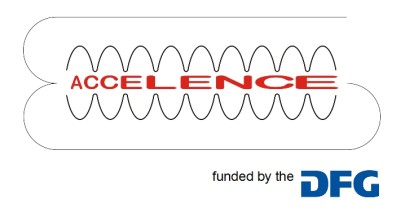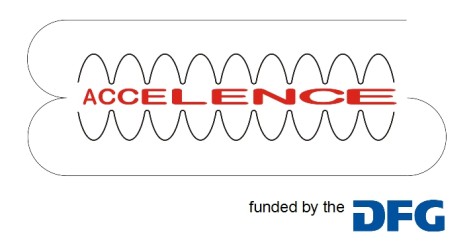ERLs are an emerging generation of electron accelerators with the potential of high beam power in continuous-wave operation at moderate operational costs. Thereby, high-current ERLs promise to advance the fields of nuclear physics, particle physics, and sciences at advanced light sources. ERLs are set up as recirculating linacs allowing for a multiple pass of the – ideally superconducting – accelerating cavities. After usage of the fully accelerated beam, the electrons are decelerated in the linac transferring their energy back to the accelerating rf fields. This recovery of beam energy can yield a high energy efficiency of ERLs.
Recommended external content
We have selected external content from YouTube for you and would like to show it to you right here. To do this, you must reveal it with one click. You can hide the external content at any time with another click.
I agree to external content from YouTube being shown to me. This may result in personal data being transmitted to third-party platforms. You can find more information in our Privacy Policy.
A recirculating, superconducting electron linac, MESA, with beam energy up to 150 MeV will be set up at the JGU Mainz in the framework of the excellence cluster PRISMA+. MESA aims at a conventional external beam mode and an energy-recovery mode, as well. In addition, the operational, recirculating superconducting electron linac S-DALINAC at TU Darmstadt is the first accelerator in Germany that can be run in single-pass ERL mode. A double-pass ERL scheme is currently in preparation and is expected to be operational in late 2019.
Within the RTG “Accelence” TU Darmstadt and JGU Mainz will jointly contribute to the research and training on ERL science and technology on this up-to-date field of accelerator science. Both universities have made new appointments in this field. The initiative comprises a cross-university training concept in a worldwide unique situation: It combines research for the design of a next-generation ERL (MESA) with the hands-on experience for junior researchers from operation of a recirculating linac in a low beam-power ERL-scheme (S-DALINAC). The ambitious research and training programme will address key technologies involved in the design of an ERL ranging from photo cathodes and injector hardware, rf-control, and beam diagnostics to beam dynamics and design of experimental sites.
The initiative capitalizes on experiences in the operation of recirculating electron accelerators – MAMI and S-DALINAC – within university environments focused on the training of junior researchers. Both accelerators have been operated and optimized by the work of many dozens of PhD, MSc, BSc and Diploma students, previously. Within the proposed initiative the training of excellent junior researchers in the fields of accelerator physics and applications will be focused to the new ERL technology.



